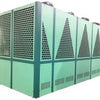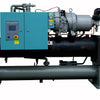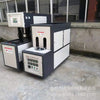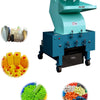Design, Manufacturing, and Industrial Applications of Blow Molds Abstract
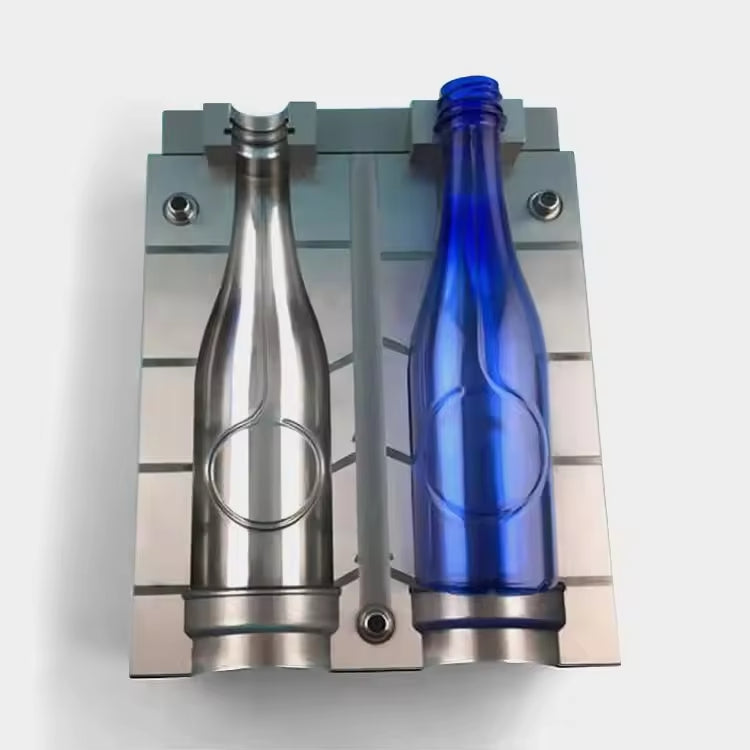
1. Introduction
Blow molding is a versatile manufacturing process used to create hollow plastic parts by inflating a heated plastic tube (parison) inside a mold cavity. Blow molds, the core component of this process, determine the final product's shape, surface finish, and dimensional accuracy. This paper examines their design principles, production methods, and applications across industries, while addressing challenges such as cost optimization, material efficiency, and environmental sustainability.
2. Technical Principles of Blow Molding
2.1 Types of Blow Molding
-
Extrusion Blow Molding (EBM):
- A parison is extruded vertically, clamped into a mold, and inflated with compressed air.
- Ideal for large, irregularly shaped products (e.g., drums, tanks).
-
Injection Blow Molding (IBM):
- Preforms are injection-molded, then transferred to a blow mold for final shaping.
- Commonly used for precision products like pharmaceutical bottles.
-
Stretch Blow Molding (SBM):
- Combines axial stretching and blowing to enhance material orientation and strength.
- Dominates PET bottle production for beverages and personal care.
2.2 Mold Design Considerations
-
Cavity Geometry:
- Must account for material shrinkage (typically 0.5–3%) and draft angles for easy part ejection.
-
Cooling System:
- Internal water channels ensure uniform cooling and cycle time reduction.
-
Surface Finish:
- Polished or textured surfaces to meet aesthetic or functional requirements.
-
Material Selection:
- Commonly used materials: P20 steel (for high durability), aluminum (for rapid heat transfer), and nickel-based alloys (for corrosion resistance).
2.3 Manufacturing Process
- CNC Machining: Precision cutting of mold cavities using CAD/CAM software.
- Electrodischarge Machining (EDM): For complex geometries requiring high detail.
-
Surface Treatment:
- Hardening (e.g., nitriding) to extend mold lifespan.
- Coatings (e.g., PVD titanium nitride) to reduce wear and friction.
3. Industrial Applications
3.1 Packaging Industry
-
Beverage Bottles:
- PET bottles produced via SBM molds dominate the market, with over 500 billion units manufactured annually.
-
Cosmetic and Pharmaceutical Containers:
- IBM molds ensure tight tolerances and sterile surfaces.
3.2 Automotive Sector
-
Fuel Tanks:
- EBM molds produce multi-layer HDPE tanks with barrier coatings to prevent hydrocarbon leakage.
-
Interior Components:
- Lightweight hollow parts (e.g., door panels, air ducts) reduce vehicle weight.
3.3 Medical and Industrial Equipment
-
IV Bags and Fluid Containers:
- Molds designed for sterile, single-use disposables.
-
Chemical Storage Tanks:
- Large EBM molds for corrosion-resistant polyethylene tanks.
4. Market Trends and Challenges
4.1 Global Demand Drivers
-
Lightweighting in Automotive:
- Blow-molded parts reduce vehicle weight, improving fuel efficiency and meeting emissions regulations.
-
Sustainability in Packaging:
- Demand for recyclable PET bottles and biodegradable materials (e.g., PLA).
-
Rise of E-commerce:
- Growth in liquid and chemical delivery drives demand for durable, leak-proof containers.
4.2 Regional Market Dynamics
-
Asia-Pacific:
- China leads in blow mold production, with companies like Zhangjiagang Shengzhong Machinery (Shengzhong) and Husky Injection Molding Systems dominating the market.
-
Europe and North America:
- Focus on energy-efficient molds and automation to reduce operational costs.
4.3 Key Challenges
-
Material Waste:
- Parison trimming generates scrap, prompting innovations in "zero-waste" designs.
-
High Tooling Costs:
- Complex molds for automotive applications can exceed $200,000.
-
Environmental Regulations:
- Stricter rules on VOC emissions during mold processing require eco-friendly coatings.
5. Future Innovations
5.1 Smart Manufacturing
-
Digital Twin Technology:
- Virtual mold simulations optimize design and predict wear.
-
AI-Driven Process Control:
- Real-time monitoring of pressure, temperature, and cooling to enhance quality.
5.2 Advanced Materials
-
High-Performance Polymers:
- PEEK and PEI for medical and aerospace applications requiring heat resistance.
-
Composites:
- Hybrid molds with carbon-fiber-reinforced polymers for lightweighting.
5.3 Sustainability Initiatives
-
3D-Printed Molds:
- Rapid prototyping and reduced material waste using additive manufacturing.
-
Closed-Loop Recycling:
- Integration of recycled HDPE and PET into mold production.
5.4 Customization and Modular Design
-
Quick-Change Molds:
- Interchangeable inserts for multi-product flexibility.
-
ODM/Custom Solutions:
- Tailored molds for niche markets (e.g., specialty bottles for craft breweries).
6. Conclusion
Blow molds are indispensable in modern manufacturing, enabling the cost-effective production of complex hollow parts. As industries prioritize sustainability and digitalization, innovations in mold design, material science, and smart manufacturing will define future competitiveness. With the global blow molding market projected to grow at 4.5% CAGR (2025–2030), investments in energy-efficient technologies, recyclable materials, and AI-driven automation will be critical for maintaining market leadership.

